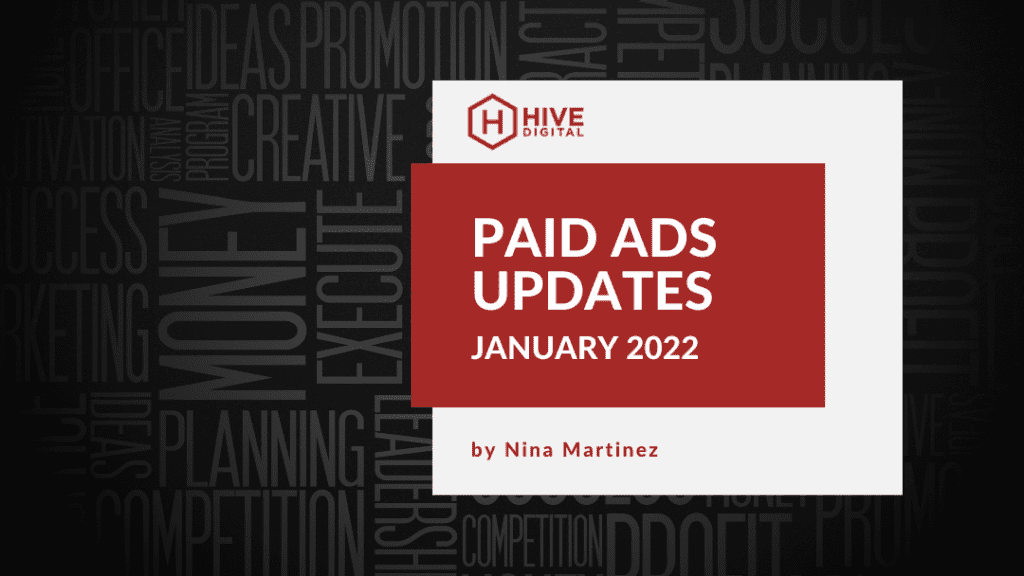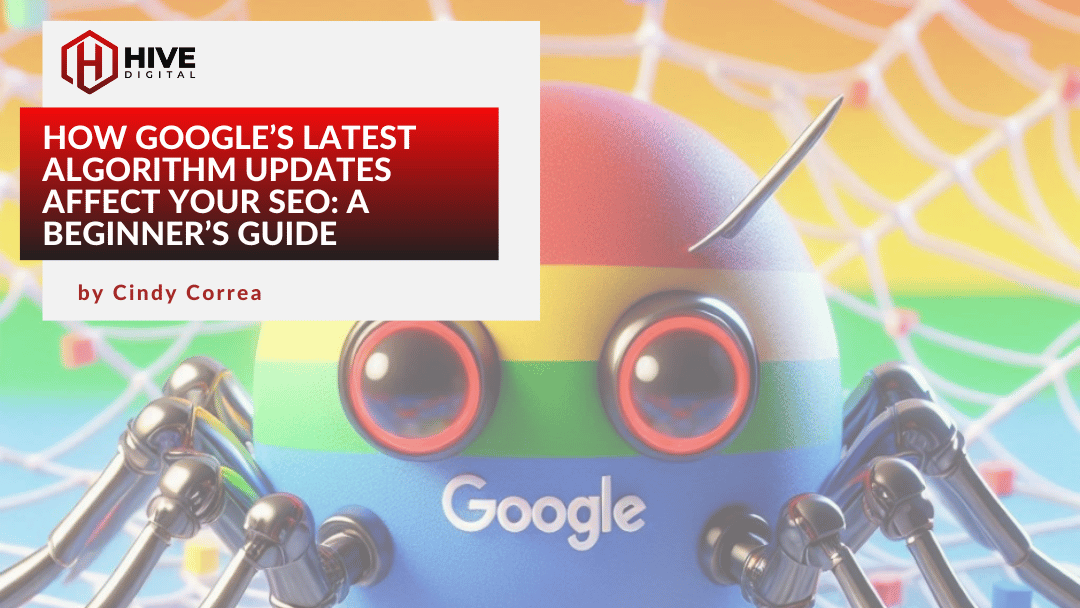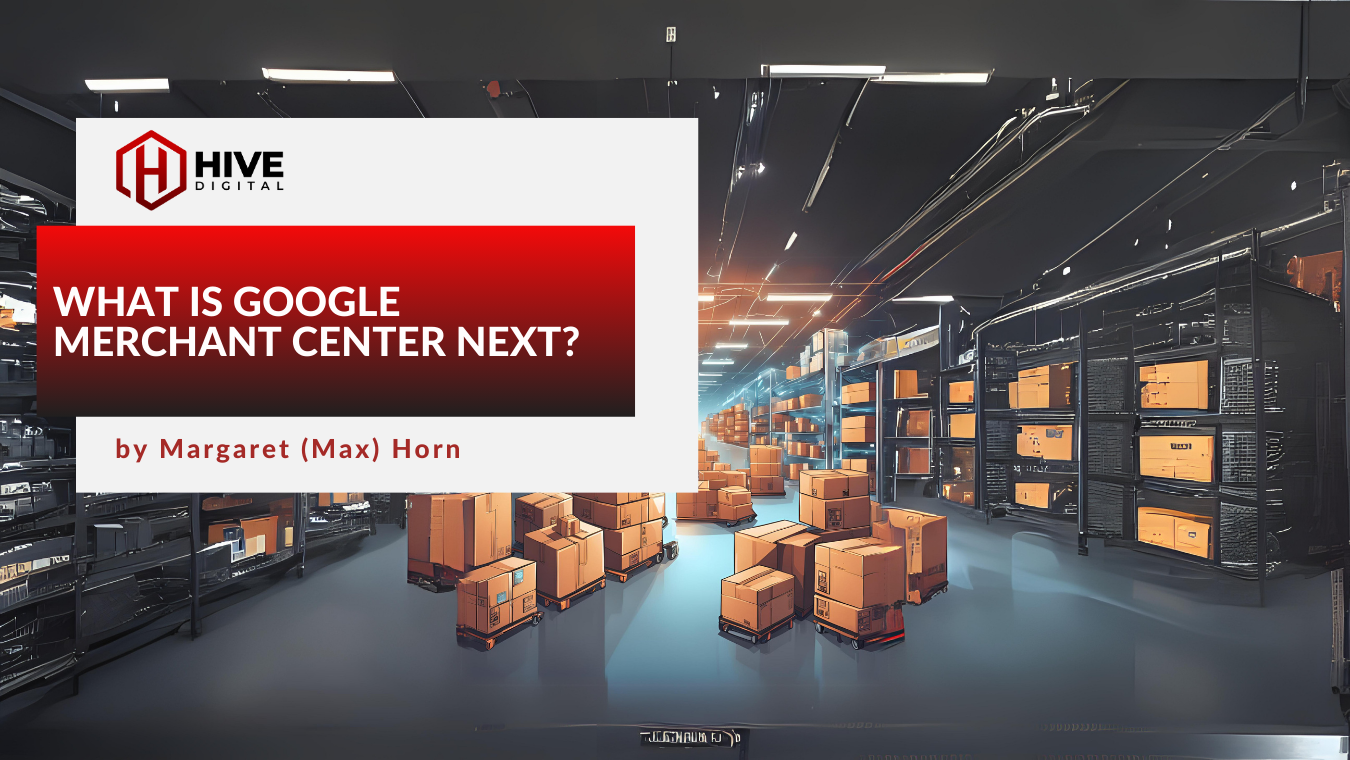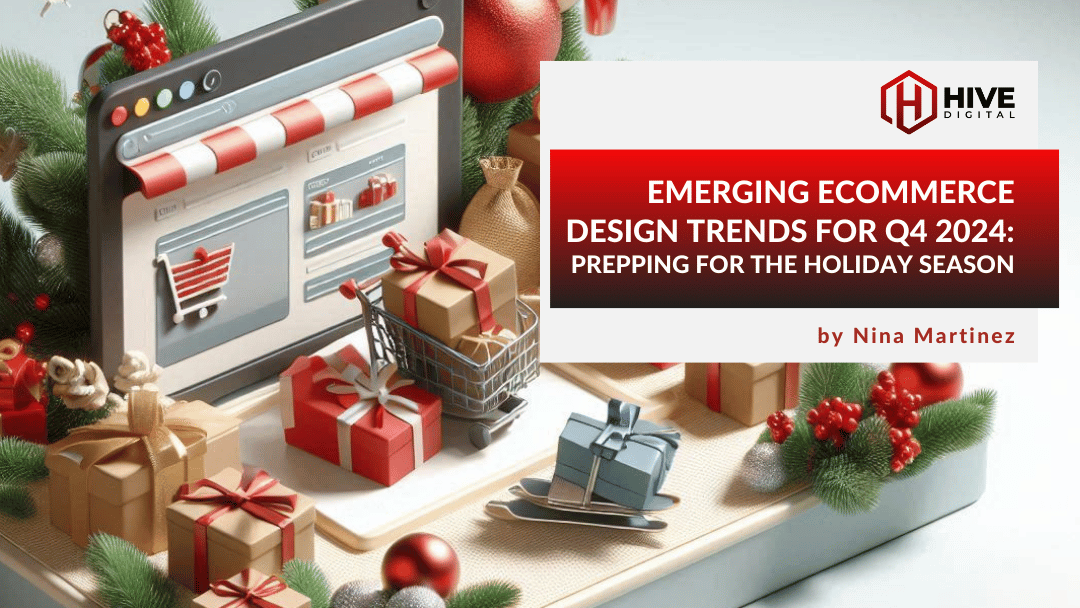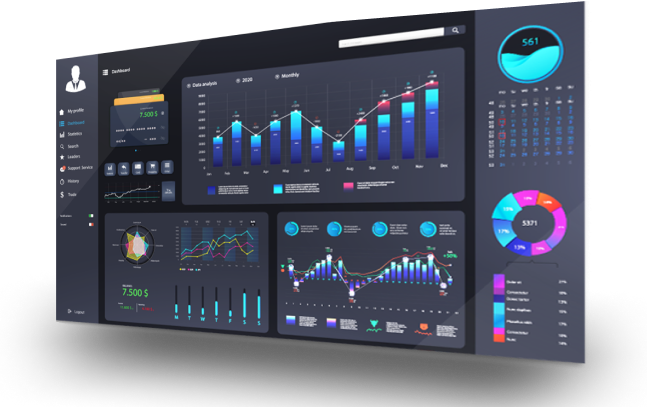Better prepare for a successful year with insight into the latest trends in PPC advertising for 2022:
1. The End of 3rd-Party Cookies
Online businesses have relied on third-party cookies for years, using them to better understand their audiences and user behaviors; track campaign efforts, conversions, and value attribution; and to measure and optimize their digital marketing efforts. The year 2022, however, is widely considered to mark the beginning of the end for cookies—being noted as the “death of 3rd-party cookies” or the year of the “cookie-pocalypse”—as brands like Google, Apple, Facebook and more are making shifts away from cookies to better address consumers’ online privacy concerns and new government policies throughout the world.
The Impact of a Cookieless Future
With this directly impacting brands and the digital marketing industry as a whole, PPC experts all over have weighed in with thoughts on what a cookieless future may bring. The general consensus includes the following:
- Greater emphasis on first-party data
- More user-led choices
- rise in alternative browsers
- Strategies that incentivize users to share their data
- Ethical consumer targeting
What can brands do to prepare for a cookieless future?
The best thing brands can do to prepare for third-party cookie deprecation is to start developing a first-party data strategy and testing it to ensure a smoother transition. Begin thinking about how your brand is collecting data from your own domain, the methods by which you secure consent from users to access their data, how you use that data, and any related integrations.
In doing so, also consider ways by which you can use said data to create opportunities for relevant personalization, deliver improved user experiences, and/or learn more about your consumers’ interests (so as to better inform and improve contextual targeting efforts).
2. The Revival of Contextual Targeting
For some brands, contextual targeting’s tried-and-true method of acquiring users based on some degree of relevance between both the product/service in the ad and the web content along which the ad is served, has kept it a practical favorite in their list of successful marketing tactics. For many other brands, contextual targeting was thrown aside in favor of newer hyper-targeting tactics that heavily relied on third-party cookies. The planned deprecation of third-party cookies is now revitalizing interests in what was once considered an “old school” method of attracting consumers, and with the evolution of platforms offering it, PPC experts agree that it deserves a greater focus in 2022.
What can brands do to leverage contextual targeting?
Platforms offering contextual targeting have evolved a great deal in recent years, with many being enhanced with machine learning and other automation that make efforts more scalable while driving greater success. Consider testing these tactics and channels in ways that are sure to also include approaches that are less reliant on keywords, but instead driven by interests. Also consider greater focuses on audience targeting and segmentation, as getting this right can better inform overall strategy and direction.
3. A Return to the Fundamentals
Along with renewed interests in contextual targeting is a resounding, overall interest in a return to the fundamentals of pay-per-click advertising—but just like the evolution of contextual targeting, so too have the fundamental areas of PPC evolved.
What can brands do to enhance their understanding of PPC Fundamentals?
Revisiting each advertising platform’s features and options can help enhance your understanding of the evolution of PPC and better leverage the technology. Pay special attention to the following new and/or evolved offerings:
- Budget management features
- Bidding strategies and related automation
- Methods by which to structure, group, or classify campaigns, ad groups, etc.
- Ad formats and related extensions
- Targeting capabilities and layering options
- Image and Video asset creation features
- Improved performance planning and research tools
- Conversion tracking, conversion grouping, and attribution methods—along with options for offline and in-store tracking
- Available integrations
- Available beta programs
4. Platform Diversification
Frankly speaking, there are a lot of eggs out there and a ton of baskets, so there’s no need to put all of your eggs in one basket! Most digital marketing experts generally discourage clients from pouring all of their resources into a single channel, and that’s no different in 2022.
Many social media brands have evolved their advertising platforms, offering plenty of interesting ways by which businesses can find and connect with their audiences—and the fact is, in many of these channels, consumers will expect the ability to engage with your brand (be it to shop, explore content, or get support) directly from the social channel. Being prepared for these expectations, and competent within these platforms, can make or break brands (evidenced by the growth of social commerce during the pandemic, and by the losses experienced by companies ill-prepared for consumer shifts between in-store and online avenues).
What can brands do to diversify their PPC advertising efforts?
In addition to considering typical channels like Google, Bing Ads, Facebook (now Meta), and Twitter, many PPC experts will also recommend (re)exploring new and/or updated channels like TikTok, Snapchat, LinkedIn, Quora, Reddit, Pinterest, and others.
4. Always Be Testing
Most advertisers have heard the phrase “always be testing,” or “ABT,” with the general premise being that businesses can stop with guesswork when marketing by starting testing regimens that build for increases in leads, sales, profit, etc.
With all the coming changes in advertising (e.g. cookies, platforms, etc), it will be even more important to continue planning and developing testing procedures, as well as finding ways to efficiently sort and analyze data and make use of it.
What should brands be testing?
Improved performance is a function of improved learning, and that learning most easily comes from testing. Advertisers can advance their learning by testing everything from ad copy and related assets to new audiences and platforms. The most important part of testing though is structuring your tests to answer questions and/or hypotheses you may have about how to optimize campaigns; and ensuring you have an adequate system in place to capture the data, measure performance, and share that data (be it with partnering teams and/or other tool and platform integrations).
Doing so empowers you with insights into your audience(s), their behaviors, and what drives interactions between them and your brand—and gives you the ability to explore opportunities as they present themselves and build success.
5. Continued Advocacy for Small Businesses
Over recent years, many small businesses have been confronted with challenges—issues presented by both the pandemic (impacting staffing, distribution, sales and marketing, shifting consumer behavior, etc.) and the evolution of advertising platforms (especially, changes related to consumer privacy demands and expectations), to name a few.
Navigating both global and advertising industry changes can be particularly hard for businesses that have fewer internal resources or less budget than larger competitors, and 2022-2023’s planned changes could make doing so that much more difficult.
Thus, another 2022 PPC trend gaining attention is the continued conversation between industry experts, platforms, and policy makers about what these changes may mean for small businesses, and continued efforts by industry experts to help support and advocate for these businesses.
2022 PPC Trends and Important Takeaways
The biggest takeaways from this list, in preparing for PPC in 2022, involve being ready to confront upcoming changes—doing so by putting a plan in place to address changes to targeting, tracking, and consumer privacy; and having a plan to explore, test, and learn from both new and evolving advertising platforms and features.
There are so many opportunities to be explored in 2022, and should you need assistance in prepping, implementing, analyzing, or optimizing for any of these opportunities, our team is happy to help! Discover more about our processes and performance results by checking out our recent case studies.

